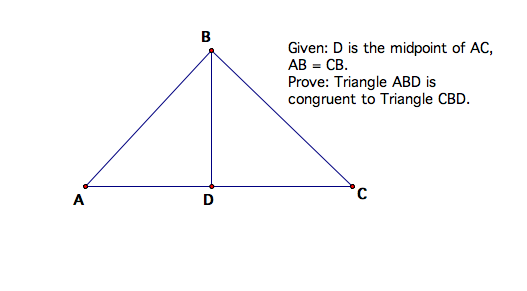Midterm Review - Definitions, Theorems And Postulates
2)
You may optionally provide this to label your report, leaderboard, or certificate.
×
Thank you for your feedback!
















